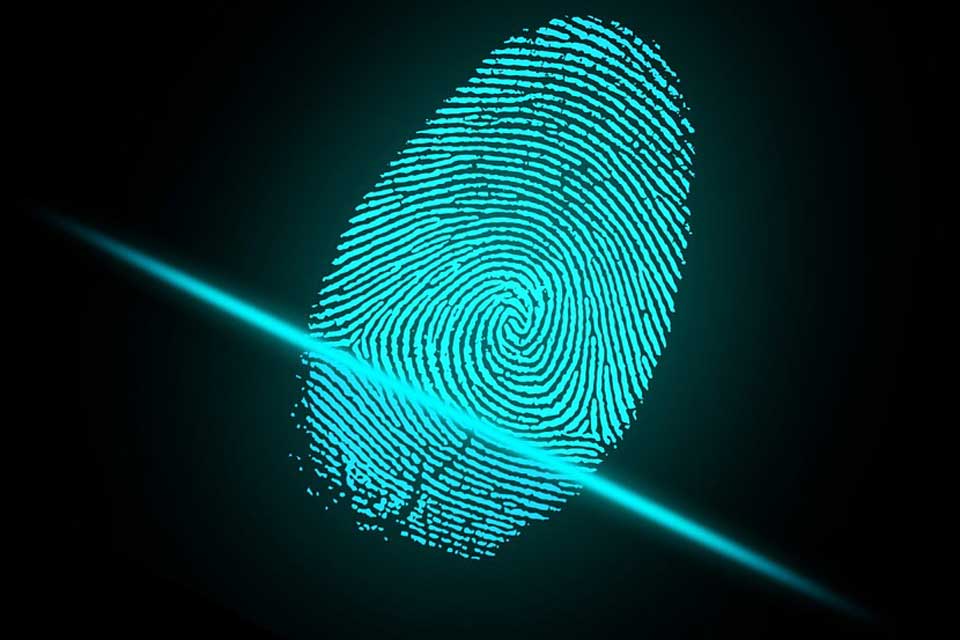Banking & financial services driving renewed growth in biometric hardware

Global biometric device shipments fell from 4.1 million in 2019 to 3.4 million in 2021 and recovered slightly to 3.6 million in 2022, with global trends impacting usage in banking, financial services and insurance (BFSI) sectors. According to a new report by technology intelligence firm ABI Research, geopolitical and macroeconomic events, including the conflict in […]
